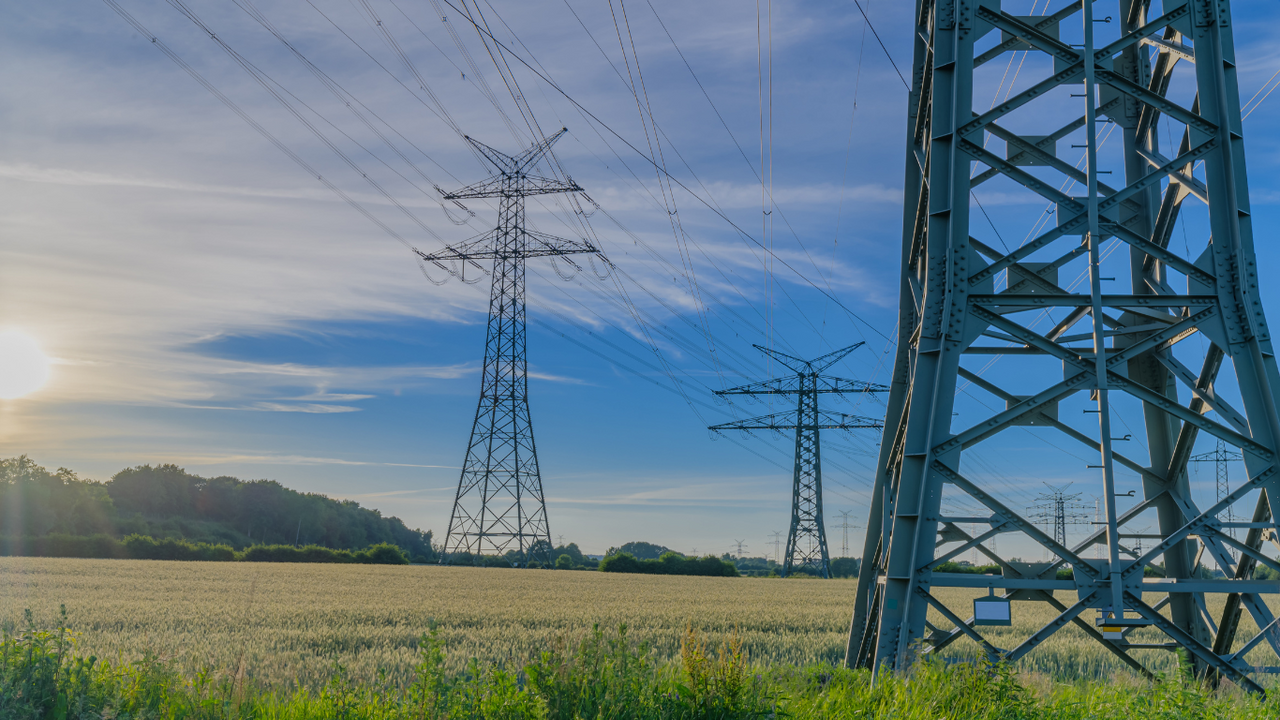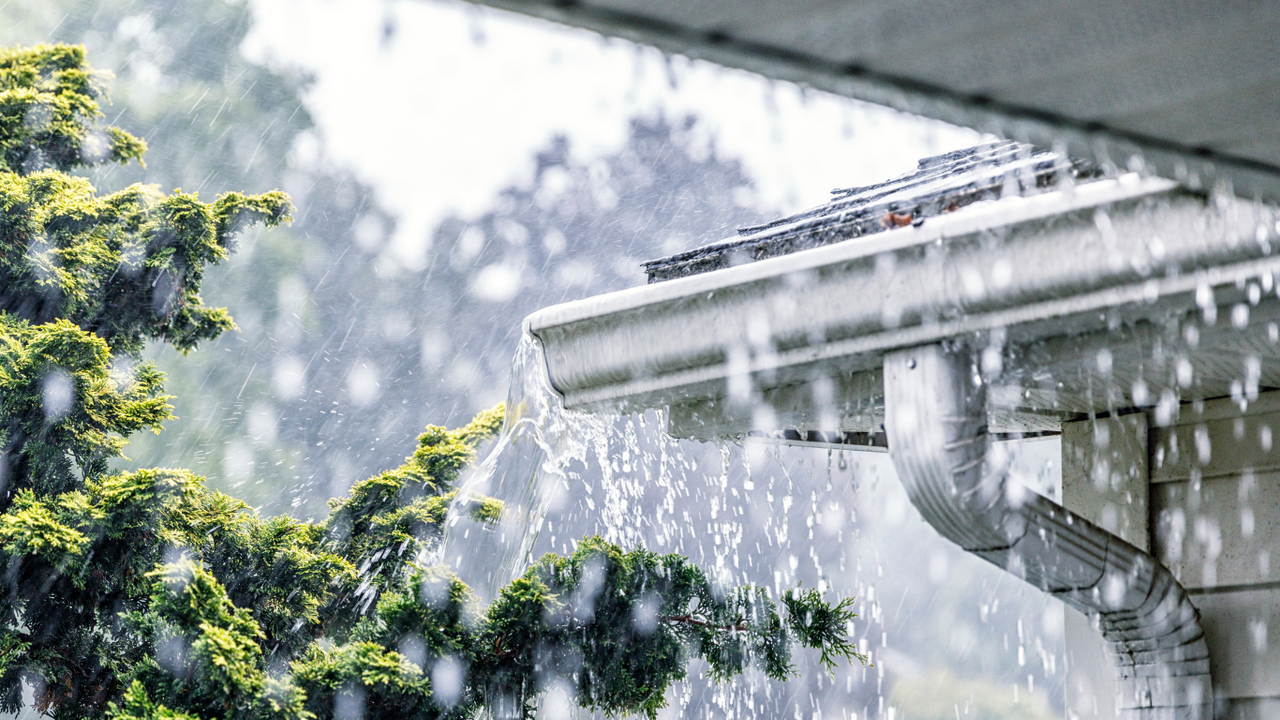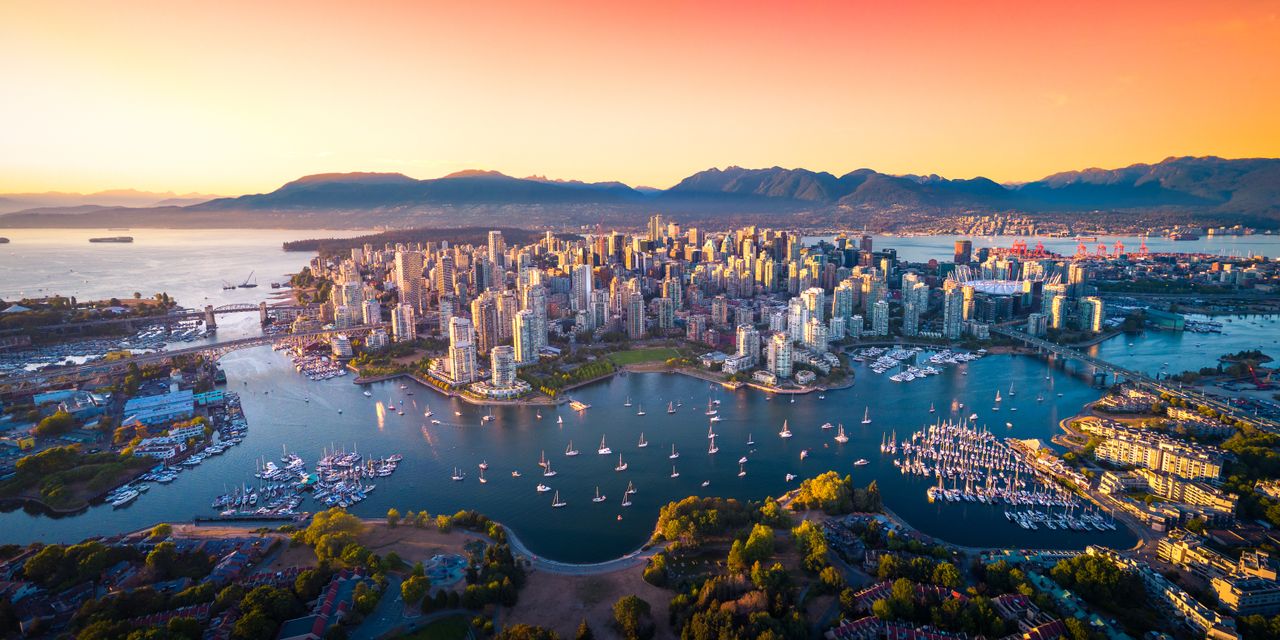News & Insights
Does New Zealand’s High Voltage Transmission Network need to go up a Gear?
Author
Date
- 2024 April

Relieving pressure on the National Grid
New Zealand’s power system is about to undergo a major transformation to align with decarbonization goals driven by climate change concerns. One area where efforts are focused is achieving 100% renewable energy generation by 2030. While we have all seen the visually stimulating images of existing and proposed wind farms and solar farm arrays, there is a less glamorous yet crucial aspect that demands attention. This relates to increasing the extent and capacity of the National Transmission Grid (Grid) operated by Transpower NZ (Transpower). The Grid plays an integral part in our energy system allowing the electrons generated by a solar farm in Northland to find their way to light homes in Bluff.
Ensuring the Grid is not the Limiting Factor
So, what are the challenges faced by Transpower to ensure the Grid is not the weakest link in the electrical supply chain, and how are we tracking towards meeting this decarbonization goal? Unfortunately, the locations of New Zealand’s renewable resources rarely coincide with the locations of the load centres (i.e. cities and towns) where the electricity is consumed. New Grid transmission lines and substations extending from these remote locations are required to be built as part of these renewable generation projects.
These transmission lines require consenting and access agreements that can be time consuming and expensive to obtain and are borne invariably only by the first “developer”. To address renewable generation remoteness and connectivity to the Grid, Transpower are considering the implementation of Renewable Energy Zones (REZ’s). These zones aim to facilitate cost effective investments in electrical infrastructure by encouraging multiple generators and major electricity users to collocate. But the REZ’s are still under development by Transpower. Therefore, consenting frameworks and approvals for transmission infrastructure need to be streamlined in order to maintain the momentum required for meeting a 2030 timeframe.
Decarbonization Strategies will Increase the Demand for Electricity
Future electricity demand will increase with the electrification of industrial process heat, transportation, and general population growth. This will require greater Grid resilience to ensure business and lifestyle continuity. Furthermore, extreme weather events heighten peak demands on the Grid, emphasising the need for renewable energy sources coupled with enhanced infrastructure. In simple terms, this entails constructing more overhead and underground transmission lines and substation infrastructure to meet growing demand.
Aligning Grid Infrastructure Investment with Renewable Energy Ambitions
New Zealand’s renewable generation pipeline is extensive and set to meet the 100% renewable generation goal by 2030. However, the extent of Grid upgrade investment also needs to align. A recent Boston Consulting Report stated that $8.2 billion of investment in Grid infrastructure was required to enable new renewable generation. This equates to a significant rate of expenditure of circa $1.4 billion a year till 2030! To address this need, Transpower’s Net Zero Grid Pathways programme will coordinate planning, consultation, and solicitation of investment from the Commerce Commission. This initiative, additional to the routine maintenance and refurbishment, aims to enhance the Grid in two phases: first focusing on the central North Island and the HVDC link by 2035, followed by a nationwide expansion beyond 2035.
Who will build this infrastructure?
There is a general Industry consensus that resource constraints will be a key challenge for the delivery of Transpower’s Net Zero Grid programme. Such constraints relate to having a construction, engineering consultancy, and project management workforce capable of delivering what is required, within decarbonization timeframes. A 2022 sector funded research report, Re-Energise – Ngā Mahi A Māui, estimated that the sector will require an additional 700 engineers and construction workers per year, to not only grow the workforce, but to replace the natural attrition created by a retiring workforce. Vocational training is a key challenge for the electrical sector, as it needs to provide attractive career pathways. Some have called for the development of a sector workforce development strategy, and organisations such as Ngā Mahi A Māui and Energy Resources Aotearoa have developed comprehensive strategy documents to help respond to this challenge. The tertiary sector is also adapting to the energy resource challenge by developing a new energy curriculum. Nevertheless, this issue is arguably an intergenerational issue, given the short timeframe in which our workforce capacity is required to increase.
Implications for Achieving decarbonization Targets
A streamlined consenting process is expected to occur with changes to the Resource Management Act and the current Government’s fast-track approvals process. This is expected to significantly reduce time during the pre-construction phase of Grid upgrade projects. In order to address this increased demand, Transpower may need to integrate the work into their routine grid planning and design processes, however, this can be time consuming. Additionally, Transpower’s Net Zero Grid Programme, with a target date of 2030, does not appear or be aligned with decarbonisation timelines, which extend well beyond this date.
In summary, a key constraint to achieving the country’s decarbonization targets is developing the depth and breadth of New Zealand’s Electrical Industry workforce. Without these resources, we will struggle to undertake the design and construction at the rate required to achieve the transmission grid expenditure on a per annum basis. In short, we may not be able to spend the money fast enough. On this basis, while we can feel optimistic about our ability to create renewable energy in the timeframes set, we appear to be still engaged in the lower gears of our transmission grid journey, which while less glamorous, it is an equally important part of New Zealand’s decarbonisation pathway.



